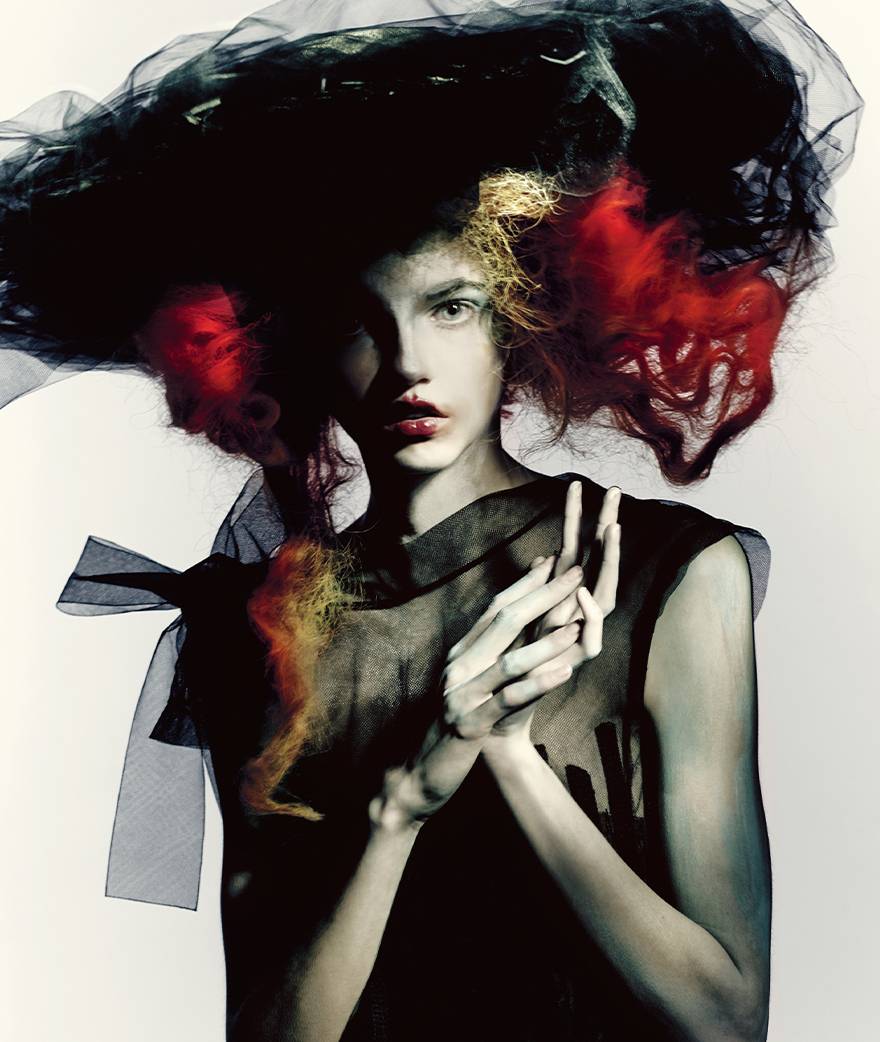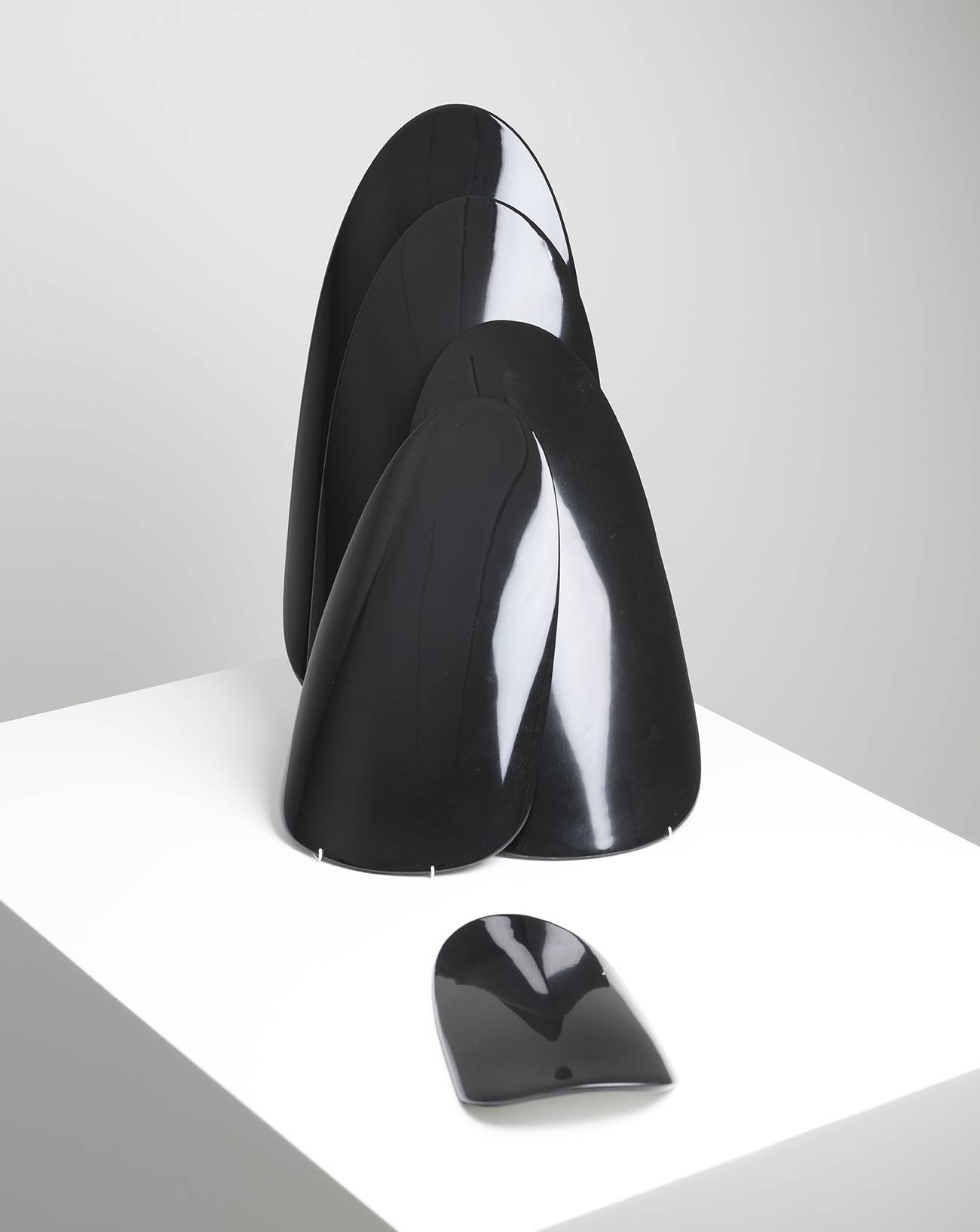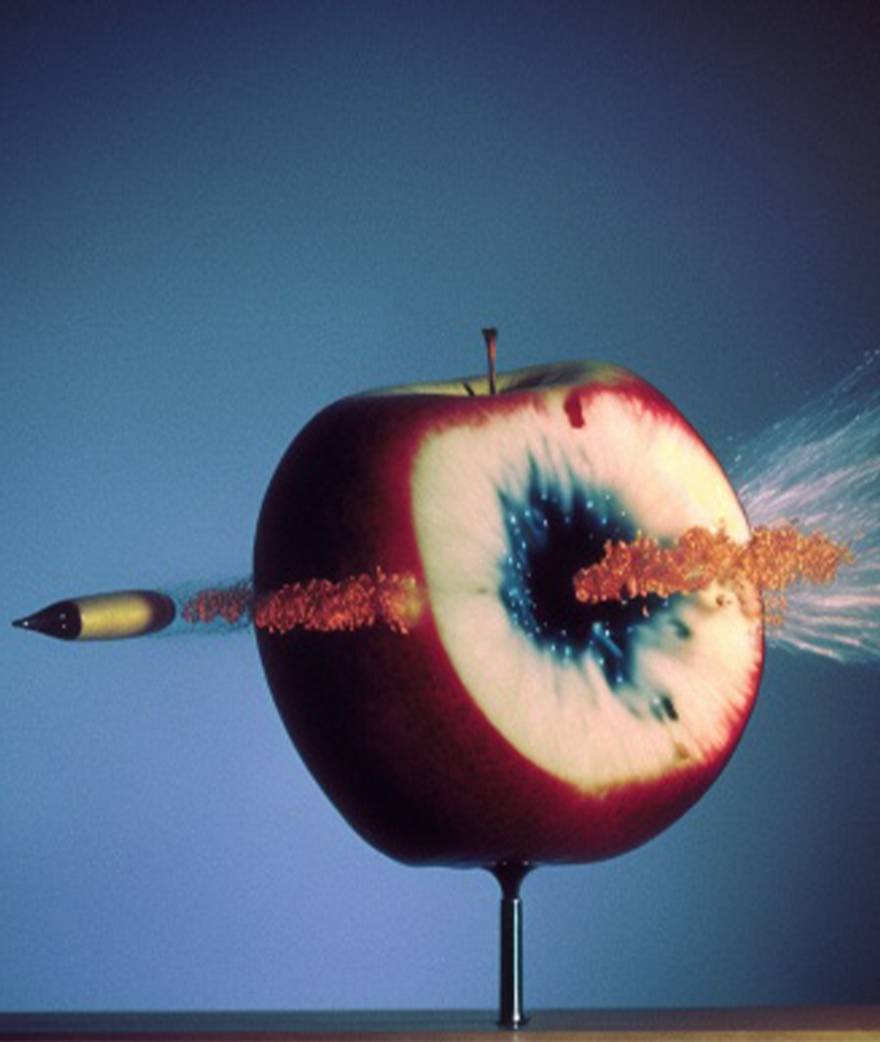Five years after breaking sales records, the Salvator Mundi is still a hot topic. This portrait of Christ the Redeemer, with his right hand raised and his fingers poised in a sign of blessing, and whose Latin title means "the saviour of the world", has been attributed on several occasions to the great Italian Renaissance master Leonardo da Vinci. A connection that led to it being sold on November 15th 2017 for a whopping €381.8 million ($450.3 million) in just 19 minutes of bidding at Christie's, New York. Alex Rotter, one of the co-directors of the famous auction house, was responsible for this success: during the sale, he picked up the phone, discovered the impressive final amount and made the bid, making this painting on wood the most expensive art work in history. Two years later the identity of the buyer was finally revealed: it was the Crown Prince of Saudi Arabia, Mohamed Ben Salmane, who had gone through a number of intermediaries during the sale. His possession of the work was never made official by its owner, and the exact location of the work since the sale remains a mystery. The work was apparently spotted by an art market specialist in July 2019 on a yacht belonging to the Saudi prince, but nothing since.
Just before the sale of the Salvator Mundi, Christie's catalogue categorically stated that the portrait was indeed painted by the hand of Leonardo da Vinci, having been authenticated by several British experts a few years earlier. But in October 2019, an event raises doubts. As the Louvre opened a major retrospective devoted to the great Italian master, this historic painting was not among the 140 works on display. Despite its authentication, several specialists expressed reservations as to the Italian's role in the conception of the work, painted between 1506 and 1513, which could in fact have come from one of the Renaissance maestro's workshops and would therefore have been produced by one of his disciples. Art historian Jacques Franck told France Info: “I don't recognise the presence of Leonardo da Vinci's hand in this work [...] What is wrong is the middle finger in Christ's right hand. Its representation is wrong in both anatomy and perspective. This is a red flag for Leonardo, who was a fine perspective artist and a great anatomist.”
These various grey areas surrounding the most expensive art work in history piqued the interest of Antoine Vitkine. For two years, this journalist and filmmaker has been retracing its itinerary: bought for just over a thousand dollars by a New York art dealer in the 2000s, the painting was then acquired by a Russian billionaire, who finally put it up for sale at Christie's with an initial estimate of 70 million dollars. In his documentary Salvator Mundi: la stupéfiante affaire du dernier Vinci, which France 5 will broadcast for the first time on Tuesday April 13th, Antoine Vitkine points out that, despite its extraordinary cost, the painting has never been assessed using the scientific means available today. The film also revisits the discussions sparked by the Leonardo da Vinci retrospective at the Louvre: for the occasion, Mohamed Ben Salmane, known as "MBS", is said to have offered to lend the work to the Parisian museum so that it could occupy a prominent place alongside the Mona Lisa, which was also absent from the exhibition. The institution having declined the offer after a counter-expertise, it was the French president Emmanuel Macron who ultimately decided to refuse this loan. “[The Salvator Mundi] tells the story of our world, of the globalisation in which we live, of our relationship with the truth," Antoine Vitkine told radio station France Inter. While the documentary will undoubtedly reveal new secrets in the history of this mysterious work, it proves once again how artistic masterpieces and art market records can unleash passions as well as whipping up the sceptics. On January 28th this year, a portrait attributed to Sandro Botticelli sold for 76 million euros also raised doubts about its true parentage...











